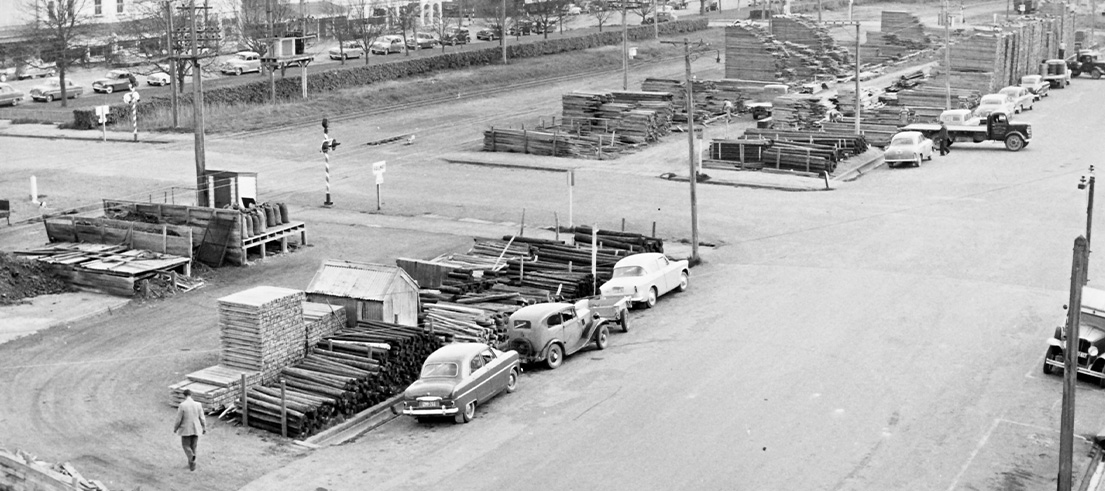
Historical land-uses shared with Ashburton property owners
A completed research project about historical land use in the Ashburton district found the most common source of soil contamination was infilled pits. Affected property owners have been sent letters outlining their property’s history and its inclusion on the Listed Land Use Register.
Regional councils throughout New Zealand are responsible for identifying potentially contaminated land and making this knowledge publicly available.
We are doing this research across Canterbury to build a better picture of how land has been used in the past, which helps us care for human health and the environment, including water and food/mahinga kai sources.
“Property owners have a right to know the historic use of their land. It’s our role to record that information and let the landowner know,” Environment Canterbury’s contaminated land science team leader Graham Aveyard said.
Affected property owners have been sent letters outlining their property’s history and its inclusion on the Listed Land Use Register.
“This is the starting point of a process which identifies land that has been used for activities that may lead to contamination,” Graham said.
“I would like to reiterate that most people will not need to do anything. It’s only if you’re considering subdividing or distributing the soil on a site when you’d need to contact the Ashburton District Council for advice.
“If investigation is required prior to future development, a site investigation and risk assessment may be required to supplement the consent application,” he added.
Historical land use research
This research project is about land use, not identifying contaminated sites. The research focuses on the Ministry for the Environment’s Hazardous Activities & Industries List (HAIL). These activities can contaminate land because of the use, storage, or disposal of hazardous substances. This can include former market gardens and orchards, landfills and rubbish pits, sheep dips, timber treatment sites, gasworks, fuel suppliers and service stations.
Many of the urban sites in the district had already been identified. The latest research used aerial imagery, so the new information mostly relates to rural-based activities best-seen from the air, such as sheep dips, farm rubbish pits and horticultural land uses.
The research identified about 1400 sites where hazardous substances might have been used. Of these, 700 were infilled pits which may have been filled with rubbish or uncontrolled materials, around 500 were sheep dips or spray race operations, and around 70 were horticultural sites where persistent sprays may have been used.
“This is what we’d expect to find in a predominantly rural district and is consistent with what’s been found elsewhere in Canterbury – having done this already in Hurunui, Waimakariri, Selwyn, Timaru, Kaikōura and Christchurch."
"These sites provide some insights into history, and we have been able to accurately map an old brickworks, some large former horticultural areas, and a series of shingle pits used for building the district’s roads,” Graham said.
You can find out more about potentially contaminated land on our website. There are factsheets about different HAIL activities, including sheep dips, horticultural sites, and landfills.
What do property owners need to do?
There is no requirement to do anything as a result of being on the LLUR, unless property owners are:
- Doing earthworks
- Subdividing
- Changing the use of the land
- Removing or replacing an underground fuel storage tank.
If carrying out these activities, property owners should contact the Ashburton District Council to check if consent are required.
Landowners should also let tenants or prospective buyers know about the land use history of the site.
We welcome landowners to get in touch to discuss their properties and provide us with any additional information they may have, such as any records, photographs or site investigations/remediation work we have not had access to in our research. We can then either agree to modify our records based on this conversation or offer a more formal appeal if a property owner wants to challenge our decision.
Are there health risks?
The risk of exposure to contaminants in soil is likely to be low if people follow Canterbury District Health Board’s common sense precautions. There is more information on the Community and Public Health website.
